Athens is a city where a simple stroll reveals its stunning beauty, generously bestowed by the historic structures adorning its avenues. Regardless of our quest for perfection, the capital always presents us with charming facets. Let’s take a closer look at these iconic edifices, whose very presence enhances the city’s allure.
Old Athens: When Syntagma Square was a large field
Historic buildings, and gems that you will find walking in Athens
Zappeion Megaron
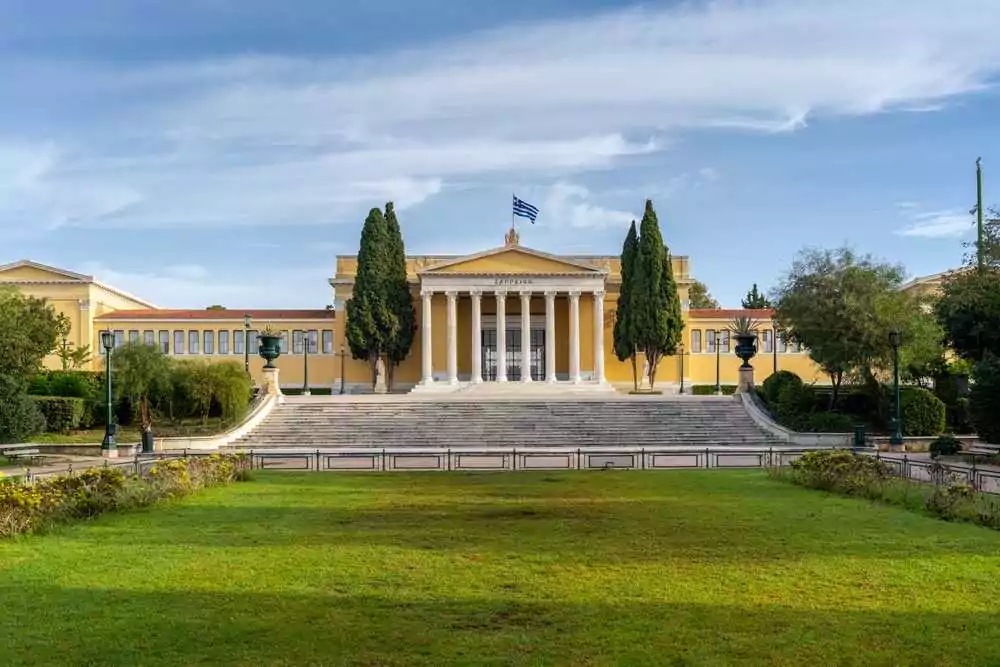
Zappeion is a renowned and symbolic building that showcases the capital’s glory. It was the brainchild of Evangelos Zappas, who envisioned the neoclassical edifice as the venue for the Olympian Games, a revival of the ancient Olympic Games that would include not only athletic events but also other forms of competition. After his demise, his cousin Constantine took charge of the project and brought it to fruition. The construction of Zappeion spanned 15 years and cost two million drachmas, with architect Theophil Hansen honoring the two men with statues at the entrance of the building.
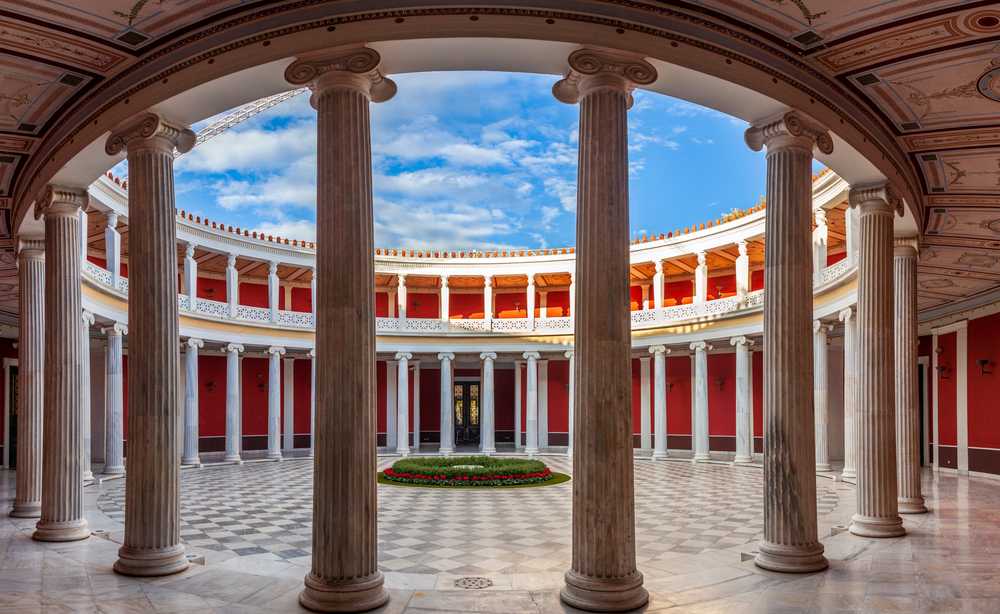
Zappeion was inaugurated with great fanfare, but for many years it was neglected and used for various incongruous purposes such as barracks, hospitals, or polling stations. However, its large hall witnessed a historic milestone of unparalleled splendor for the building when the agreement for Greece’s entry into the European Union, then the EEC, was signed there in 1979. Since then, Zappeion has become a venue for artistic and cultural events, and you should definitely seize the chance to attend one of them and explore its magnificent space.
National Archaeological Museum
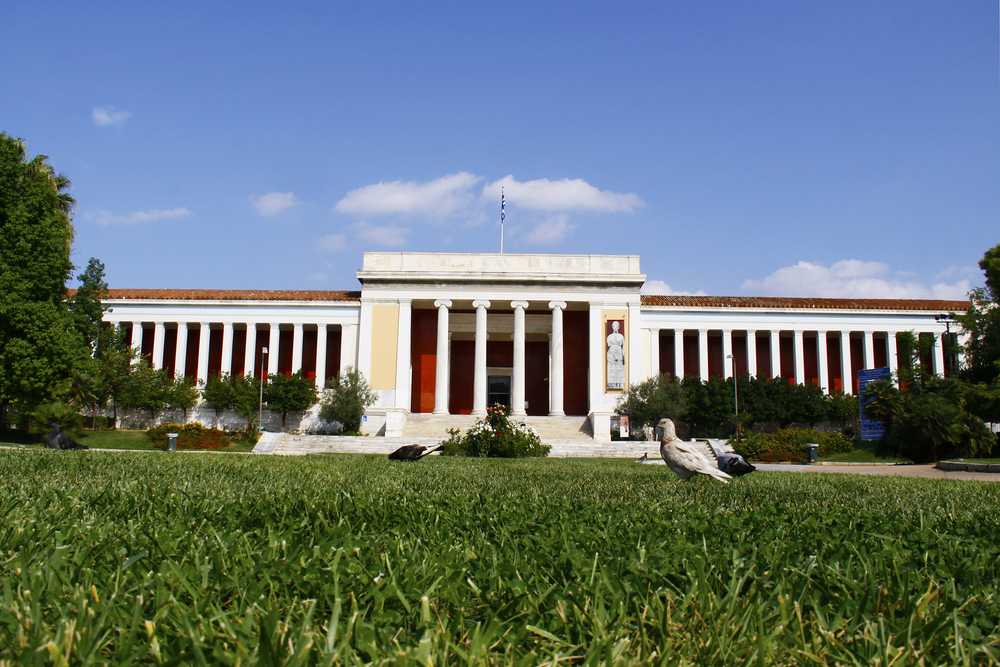
The National Archaeological Museum is a splendid architectural masterpiece that beautifies Patission Avenue where it stands. It was originally located in Aegina, but when Athens became the capital of the country, a new museum was needed to house its valuable artifacts. Eleni Tositsa, as a generous benefactor, donated her land and thus initiated the construction of the museum, which took a staggering thirty years to complete.
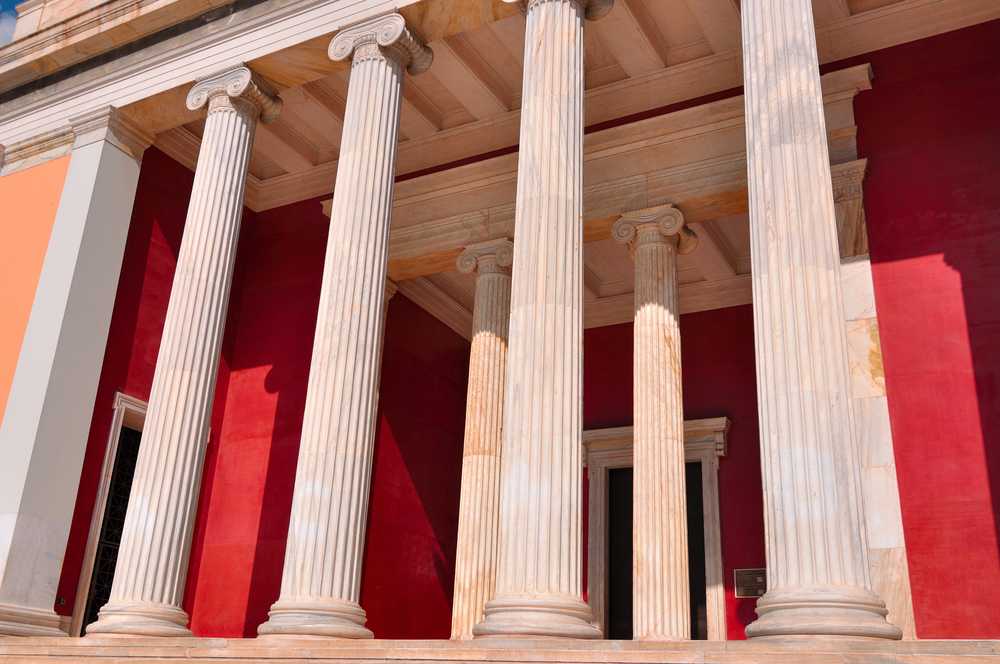
The design of the iconic building was the work of the German architect Ludwig Lange. Panagiotis Kalkos oversaw its execution, while the final appearance of its façade was shaped by the artistic touch of the eminent Ernesto Ziller. Ziller gave it an Ionic style and adorned its pediment with replicas of ancient artworks. The construction of this remarkable museum that displays more than ten thousand exhibits used Pentelic marble and stone from Lycabettus Hill. Its eastern wing was added during the interwar period to accommodate the new collections of the museum.
Vallianio Megaron

Ioannis Capodistrias, the first governor of Greece, had the foresight to conceive the idea of the national library, and in 1832 he issued the relevant decree for its establishment. However, its construction only started several years later in 1888 under the Danish architect Theophil Hansen, who also designed the Zappeion mansion, with the guidance of the prominent Ziller who contributed to the completion of all the splendid buildings of the 20th century. The funding for the project was provided by the two Valliani brothers from Kefalonia, who gave their name to the building.
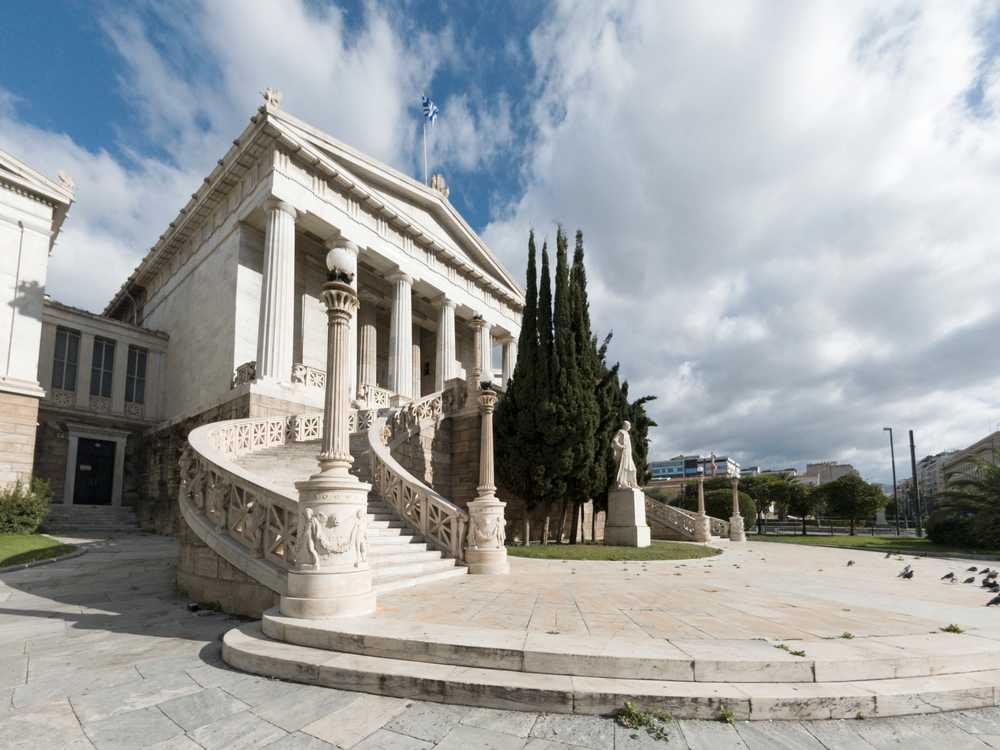
The construction was finished in 1903, when the state’s archival material was relocated for almost a hundred years, until in 2018 the facilities of the national library were shifted to the Stavros Niarchos Foundation Cultural Center, with the Vallianio Megaron now serving as a newspaper reading room, welcoming all visitors to access the information gateway from its captivating space.
Bank of Greece Building
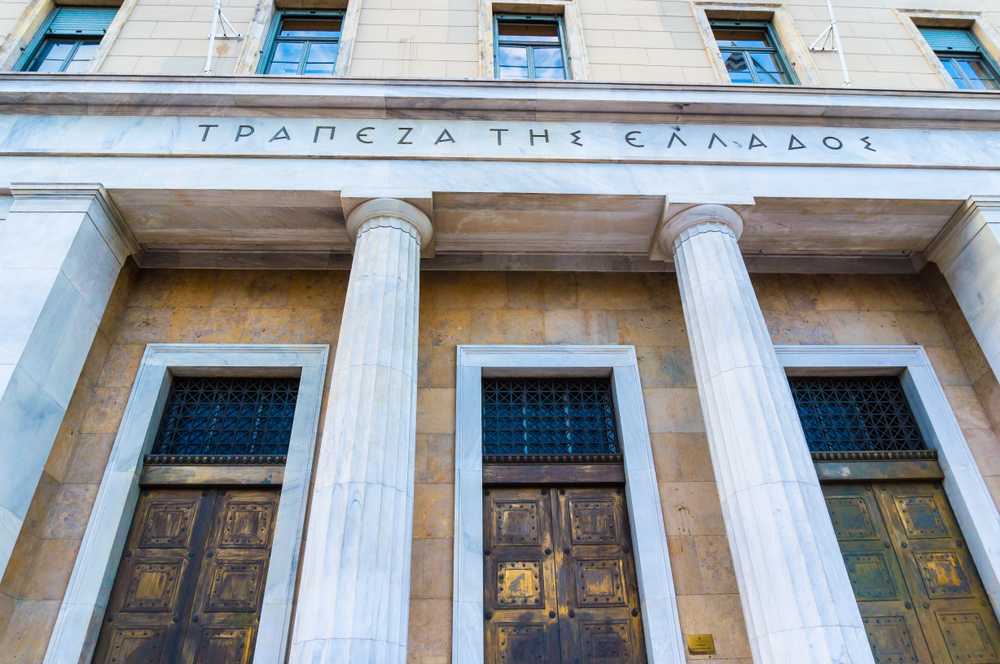
The Bank of Greece, declared a listed monument by the Ministry of Culture in 1989, was housed in an autonomous building after the first ten years of its operation after previously being hosted by the premises of the Real Estate Bank. The architects Zoumboulidis and Papadakis fully supervised the project, while the inauguration that took place in 1938 was attended by the then Prime Minister of the country, Ioannis Metaxas.

The striking building was an exemplary specimen of the architecture of the interwar period, which aimed to convey the sense of essential stability in a turbulent time, without any ostentation of riches and magnificence, thus establishing a milestone building for Greek architecture.
Athens hosts in its streets many masterpiece buildings, inspired and created by great personalities of the country, take a walk in its avenues to admire their aesthetics and history.






